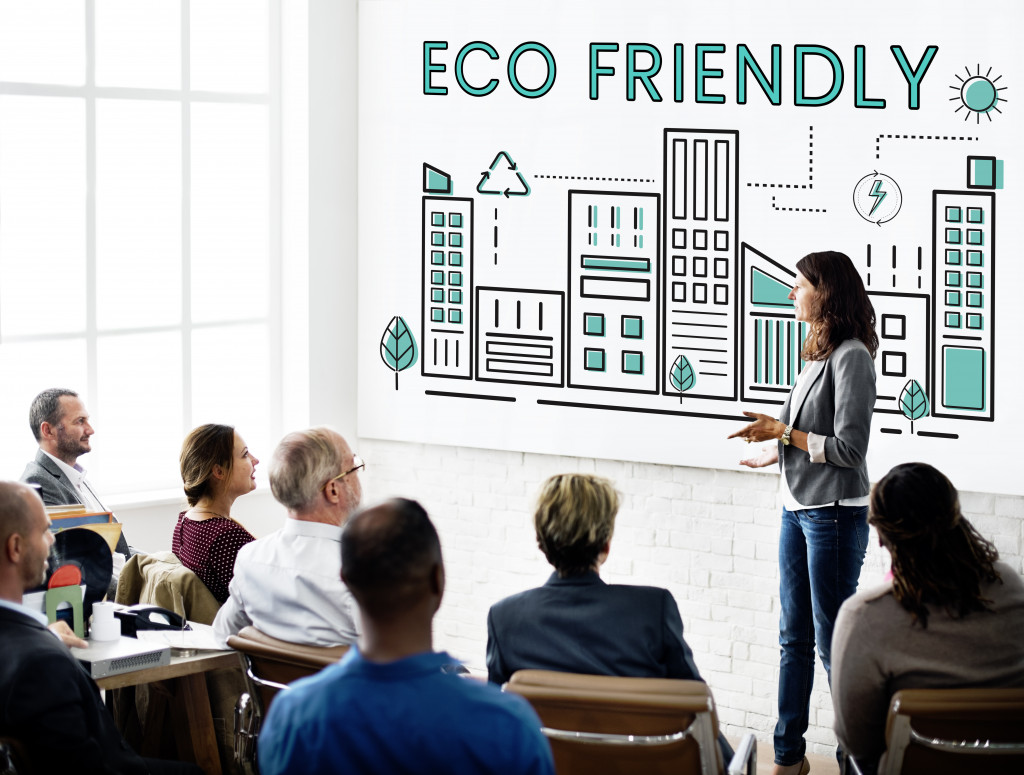- Sustainable site selection is essential to reduce carbon footprint and prevent wildlife destruction.
- Priority should be given to energy-efficient sources such as wind turbines, solar panels, geothermal energy, and hydroelectric power.
- Companies must ensure the use of modern technologies and materials during cleanroom design to reduce energy costs and emissions.
- Proper waste management is required to minimize its adverse impact on the environment.
- To assess the factory’s impact on the environment and ensure adherence to environmental laws, it is recommended to conduct periodic environmental audits.
Recently, the need for conservation has been on the rise as the threat of climate change continues to generate global concerns. While technology plays a crucial role in confronting this issue, it is ironic that the manufacturing process for several tech gadgets poses an enormous environmental threat. Therefore, manufacturers must prioritize the ecological impact of their production. This blog post highlights the environmental considerations a tech factory must prioritize when building facilities.
1. Sustainable Site Selection:
The first step is selecting a location that prioritizes sustainability. This can be achieved by choosing a site close to amenities like public transport and suppliers to minimize emissions from transporting raw materials and finished products. Companies can also opt for brownfield sites that are already developed or develop new ones on the wasteland. This helps prevent wildlife destruction and reduces the environmental impact of building new infrastructure.
Of course, this will still require the development of access roads and other infrastructure, but it can still be done in an eco-friendly way. By using materials for construction that are locally sourced, companies can reduce the amount of energy used in transportation and minimize their carbon footprint.
2. Energy Choice:
Manufacturers should prioritize choosing energy-efficient sources for electricity consumption. Renewable energies are clean and eco-friendly. With reduced emissions and a favorable return on investment, harnessing renewable energy can also positively impact the company’s brand image. Here are some options:
a. Wind turbines
This technology uses the power of the wind to generate electricity. It is an excellent energy source and requires low maintenance due to its simple design.
b. Solar panels

Solar energy is an excellent option for many tech factories as it is clean and efficient. It also reduces energy bills and helps manufacturers to become more sustainable.
c. Geothermal energy
Geothermal energy is generated from the earth’s internal heat and is a powerful and reliable energy source. Although it requires more initial investment compared to other renewable sources, it can provide a steady energy supply for many years.
d. Hydroelectric power
Hydroelectric power is generated by using the force of water to turn turbines and generate electricity. This technology can be used in many locations, including mountainous regions and areas with high water flow. It is also cost-effective, clean, and reliable.
3. Cleanroom Design:
Most tech facilities must have cleanroomsto prevent dust and other contaminants from entering the workspace. This will ensure that the products manufactured are consistent and of high quality. But cleanroomscan also have a significant environmental impact due to their energy consumption. They require air filtration, which uses a lot of electricity and must be kept at a low temperature.
To reduce the associated carbon footprint, manufacturers must invest in efficient systems like air-to-air heat recovery systems to maintain a low temperature and ensure the cleanroom operates optimally. Companies must work with reliable cleanroom design firms that use modern technologies and materials to reduce energy costs and emissions. They must also use air filtration systems that are certified for high efficiency and use energy-saving fans and motors.
4. Waste Management:
Factories need to prioritize proper waste management to minimize the negative impact on the environment. In-built separation bins, recycling facilities, and waste disposal measures should be in place to ensure maximum efficiency in handling hazardous waste. There should also be proper storage and disposal of chemicals and other harmful substances.
Hazardous waste must be disposed of in compliance with local regulations and properly labeled to ensure its safe handling. Not only will this help prevent environmental damage, but it can also avoid costly penalties. Regarding non-hazardous waste, the factory should have proper disposal systems in place to ensure that all materials are recycled or reused whenever possible.
5. Environmental Auditing:

Periodic environmental audits are necessary to evaluate the factory’s environmental impact and compliance with environmental laws. An independent auditing firm can identify areas of concern and advise on appropriate measures for sustainable development. They can also help the company develop a sustainability plan and track its progress.
Investing in environmentally sustainable practices is necessary for all manufacturing industries; the tech industry is no exception. Tech factories must ensure they minimize their carbon footprint and constantly consider ways to improve their environmental impact. Prioritizing the environment will guarantee long-term benefits for the company, stakeholders, and the planet. The above considerations are essential steps that should be taken when building tech factories, and it’s crucial to start implementing them today.

